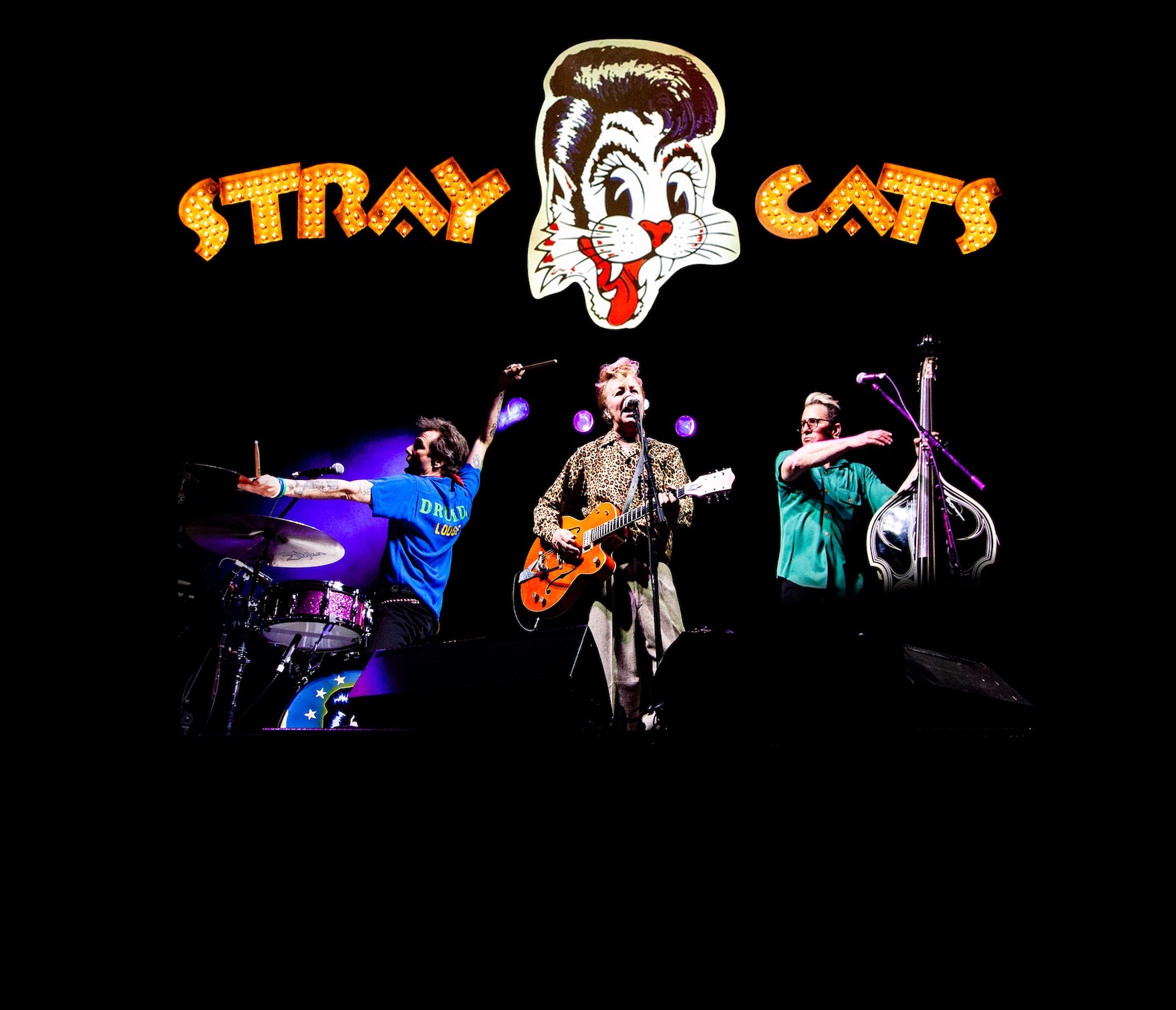Featured News - Current News - Archived News - News Categories
by Mark Daul
Outdoors in Niagara
Did you ever hear of an animal that can pay for its own yearly maintenance, like veterinarians fees, room and board, and be a great pet at the same time? In Niagara County, the Lewiston-Porter-Newfane areas especially, there are some people harboring critters that can do those things, while at the same time making a hobby of raising and caring for these docile animals. Of course, there are many of these critters in other counties across the state and the country, but Niagara County has its own distinction.
These animals stand between 32 and 39 inches tall at the shoulders, weigh between 105 and 185 pounds, have straight legs when looked at from the front or the back, and each foot has only two toes. Their back legs have a 45-degree bend like those of other four-legged creatures when looked at from the side.
Looking closer, you see that their ears are spear-shaped, like those relic Indian spears we have all seen pictures of. These animals are related to the camel family, but they normally don't spit at humans like their bigger relatives do. They are known as alpacas, an animal that the Chavin culture in the Andes (Peru) in South America some 6,000 years ago harbored for meat, work, and fleece. Later, the Incas were credited with domesticating these pack animals, and they were raised for their fleece, which was woven into fine clothing, particularly reserved for royalty at the time.
It is estimated there are about 3 million Alpacas worldwide and only about 17,000 of them in the U.S. Alpacas are not used for meat production like they were centuries ago. Today they are used for the production of a highly sought-after fleece, which is higher quality, much softer than sheep's wool, lighter, stronger, hypoallergenic, and having no prickly feel like wool. They were introduced in this country in 1983.
Robert and Dee Oberlander have a horse farm on Braley Road in the Town of Porter, boarding horses for local owners. They had an extra barn that was underused and decided to get two alpacas for a hobby. In six short years the family has grown to 14.
Robert (Obie) and Dee harvest their own fleece from a herd of alpacas they harbor on their farm and keep all 14 of them. Obie says, "You never know, we keep adding to our family now and again." He added, "Holy smokes, we just adopted a Suri the other day."
There are two breeds of alpacas, and the Oberlanders favor the Huacaya, (pronounced "wa-ki-ya") because it is easier to treat and prepare the fleece for weaving. The other is called the Suri (pronounced "surrey"). The fleece of the Suri is stringy with longer curly fibers that make it harder to work with, although it feels softer and fluffier when woven.
From raising, to feeding, caring for, shearing, washing, dying, carding, weaving, and knitting; to creating hats, gloves, sweaters, scarves, capes and socks for their family and friends, the Oberlanders do it all themselves. Their herd is sheared every spring, and each animal gives up about five to seven pounds of fiber.
On a visit, I saw scarves, sweaters, capes, purses and hats, all handmade from alpaca fleece by Dee from scratch. Obie says they shear in the spring; this way the summer heat isn't so hard on their "family."
The Oberlanders note there are about 20 to 22 different shades of color that alpacas have, and white can be dyed any color. White and black are the favorites among many. Dee uses a food coloring process and warns not to use clothing dyes like Ritz. She also warns not to use aluminum pots for the dye, only enamel or stainless steel. The food dyes work perfectly like they do on Easter eggs, because they both have a lot of protein.
Carding is a process where the raw fleece of the alpaca is broken up into clumps of fiber, and then aligned to individual fibers that prepare the fiber for easier weaving into strands called a "cloud." After the cloud is hand-rolled into strands, it is then separated as it is being run through the spinning process.
Dee started out with hand carding, but quickly turned to drum carding. Seen in the photo, the drum carder machine is hand-cranked and makes the process much easier, putting strands into a treadle-powered spinning wheel.
Dee took lessons to learn this process. Her teacher showed how it was done back in ancient times, by making yarn by hand spinning. It's an art still used today in some countries and with hobbyists.
She started out with a small spinning wheel, then graduated to a better one, then another, and finally settled on the one she is using today. Her household contains four of these wheels and all are still operable.
It goes to show how hobbies can become an obsession. Her hobby occupies two rooms, one downstairs for the carding process, cleaning, drying, and storage. The upstairs room is the spinning room, where everything finally comes together.
One day while driving by I stopped and visited with the alpacas. They were friendly and unusually nosey. One after the other came over to see me. One hung around staring me in the face, and made a low, clucking, friendly type of a sound. I had a conversation with him, and he seemed to know what I was saying over the fence.
I asked if he would smile at the camera, and the picture you see is what I got. What an elegant pose.
One interesting thing I learned on my visit is that alpacas are very tidy; they use a communal dung pile somewhere in a corner of their corral where they do not graze. Females have a tendency to "follow the leader." When one goes, the rest of the females line up at the same time, and go in the same place one at a time.
A few days later, I again visited the Oberlander's at their farm, and asked about that "friendly guy" that greeted me at the fence. Obie said, "Oh, you must be talking about the 'Old Man!' " He explained the "Old Man" was his very first alpaca of the pack and is a really friendly character. "He likes everybody," I was told.
Alpacas of Niagara, located on Tonawanda Creek Road in Lockport, is a large Western New York breeding farm, offering all kinds of services to other owners and breeders. Recently they held the area's first "Alpaca Fiber and Harvest Festival" at the former Amherst Museum, featuring an Alpaca fashion show, a first in Western New York. Among the many assorted vendors, there were live alpacas and dozens of vendors with handmade and selected imported alpaca products.
The farm includes an Alpaca Shop where you can purchase alpaca knitted goods with an emphasis on locally produced, hand-made, and made-in-the-USA items. Visit their website for more information and location: www.alpacaniagara.com.
Those with elementary-aged children might want to think about taking a trip to visit these friendly alpacas. The Oberlanders welcome children and would show them all about these ancient beasts of burden. The alpaca is a clean and fascinating creature, and children could even take them for a walk without being spit upon. Phone Dee at 716-745-3173 for arrangements in the spring; maybe you can even watch the shearing and learn how that is done.
Yes, the great outdoors is where it's at. Enjoy it frequently.
Any questions/suggestions? Email me at [email protected] and be sure to visit www.OutdoorsNiagara.com for up-to-date fishing information.





























